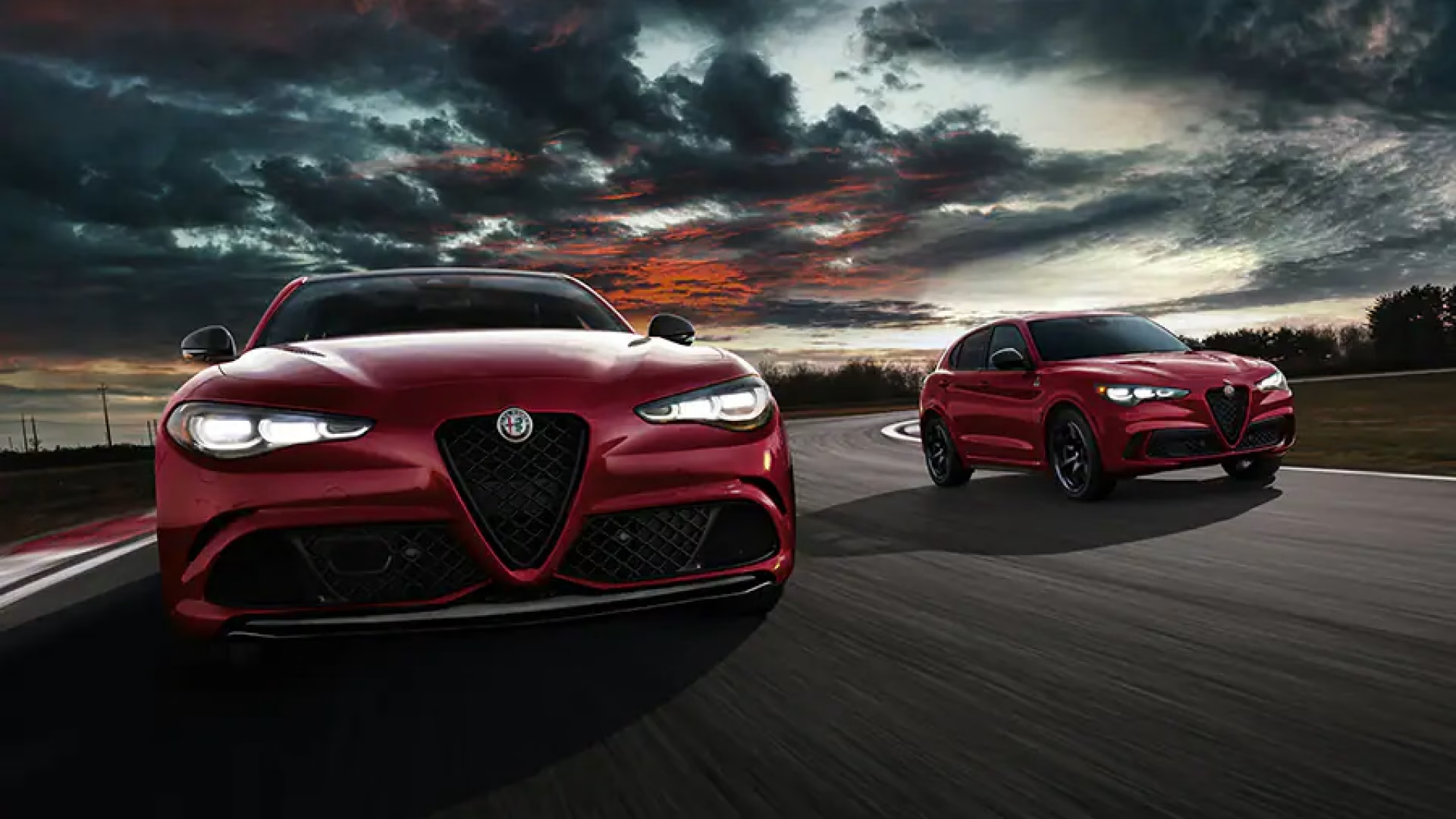Alfa Romeo: "La Meccanica delle Emozioni" - The Mechanics of Emotion
Alfa Romeo is a brand that operates on a different plane than its competitors. It is not merely a manufacturer of cars; it is a creator of automotive passion, a company with a soul forged in the crucible of pre-war Grand Prix racing and the winding roads of Italy. For over a century, the Alfa Romeo badge has symbolized a unique and potent combination of seductive beauty, exhilarating performance, and a driving experience that prioritizes emotion above all else. To choose an Alfa Romeo is to choose with your heart, to desire a car that feels alive in your hands.
The Genesis: Racing DNA from Day One
The company was founded as A.L.F.A. (Anonima Lombarda Fabbrica Automobili) in 1910 in Milan, Italy. From its absolute inception, the brand was dedicated to racing. After being acquired by entrepreneur Nicola Romeo during World War I, the company was reborn as Alfa Romeo. Its racing division was so formidable that a young Enzo Ferrari began his legendary career managing it under the "Scuderia Ferrari" name before founding his own company. This deep, authentic motorsport DNA is not a marketing gimmick; it is the fundamental truth of the brand.
Core Philosophy: The Driver at the Center of the Universe
Alfa Romeo's core philosophy is powerfully captured in its modern slogan: "La Meccanica delle Emozioni" (The Mechanics of Emotion). This signifies that every engineering decision is made to elicit a passionate response from the driver. Key pillars of this philosophy include:
- Driver-Centric Dynamics: A fanatical focus on achieving near-perfect 50/50 weight distribution, a rear-wheel-drive-biased platform, and the most direct, communicative steering in its class.
- The Engine as the Heart: A history of building characterful, beautiful-sounding engines that love to rev and deliver an operatic soundtrack.
- Passionate Italian Design: A commitment to creating cars that are sculptural works of art, defined by the iconic "Trilobo" front fascia and the "Scudetto" (shield) grille.
Defining Moments and Iconic Achievements
Alfa Romeo's history is a story of legendary race wins and beautiful, driver-focused road cars.
- Pre-War Dominance: Alfa Romeo was a dominant force in the early days of Grand Prix motor racing, winning countless races and cementing its reputation as a performance leader.
- The Giulietta and Giulia: The original Giulietta of the 1950s and the Giulia of the 1960s were revolutionary. They were lightweight, powerful, and incredibly fun-to-drive sedans and coupes that essentially created the blueprint for the modern sport sedan.
- The Quadrifoglio Legend: The four-leaf clover ("Quadrifoglio") badge is a symbol of Alfa Romeo's racing soul. It first appeared as a good-luck charm on Ugo Sivocci's race-winning car in 1923 and has since been used to designate the brand's highest-performance models, such as the legendary Giulia Quadrifoglio.
- The Modern Rebirth: The Giorgio Platform: The launch of the modern Giulia sedan on the all-new, rear-wheel-drive "Giorgio" platform was a triumphant return to form. The Giulia, and its Quadrifoglio variant with a Ferrari-derived twin-turbo V6, won numerous "Car of the Year" awards and was critically acclaimed for its breathtaking performance and handling.
Alfa Romeo's Modern Market Position: The Passionate Alternative
Today, Alfa Romeo stands as the definitive passionate alternative in the premium performance market, offering a distinct flavor of Italian style and soul.
Vehicle Lineup and Target Audience
Alfa Romeo's modern lineup is focused on the driver:
- Sport Sedan: The award-winning Giulia, the benchmark for handling in its class.
- Performance SUV: The agile and powerful Stelvio, which shares the same platform as the Giulia.
- Compact SUV: The new, stylish Tonale, which introduces plug-in hybrid technology to the lineup.
- High-Performance ("Quadrifoglio"): The legendary Quadrifoglio versions of the Giulia and Stelvio, featuring a 505-horsepower, Ferrari-derived twin-turbo V6.
- Supercars: Ultra-exclusive, limited-run models like the new 33 Stradale that honor the brand's heritage.
The brand's target audience is the true driving enthusiast, the connoisseur who values an emotional connection, a unique sense of style, and a thrilling driving experience over brand ubiquity or ultimate practicality.
Key Differentiators and Competitive Advantages
Compared to its primary German rivals, BMW, Mercedes-Benz, and Audi, Alfa Romeo's key differentiators are:
- Unmatched Driving Feel: Alfa Romeo is consistently praised for offering the quickest, most direct, and most communicative steering in its class, providing a uniquely agile and "alive" feel.
- Seductive Italian Design: The brand's styling is more passionate, sculptural, and emotional than the more clinical and conservative designs of its German competitors.
- Soul and Character: An Alfa Romeo is often described as having a "soul." The sound of the engine, the feel of the steering, and the passion of its design create an emotional experience that is a powerful differentiator for those who truly love to drive.
